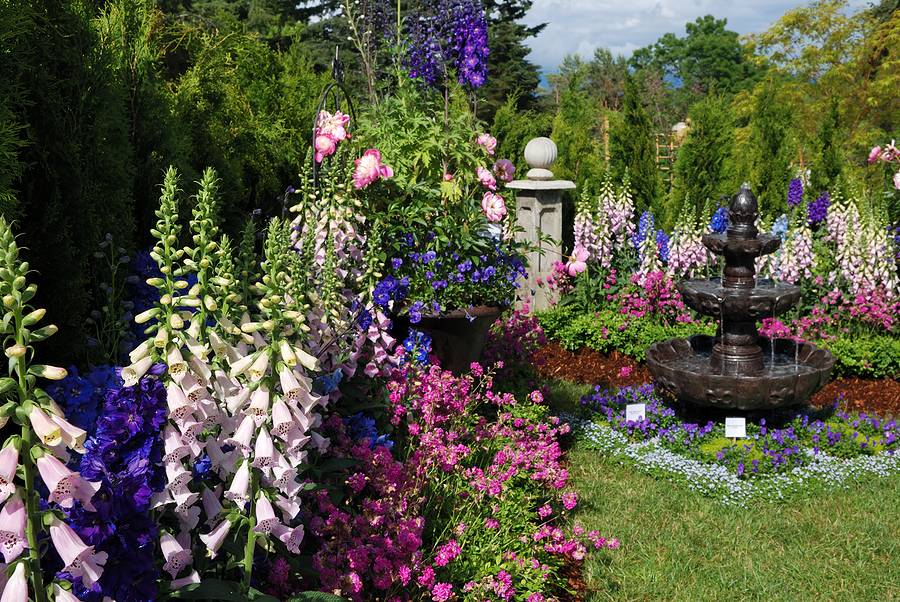Once you have an established vegie garden, you can breed for ever stronger and more disease-resistant future generations by saving seed from your best plants
The benefits of seed saving
There is almost nothing as satisfying as growing gourmet food from seeds you have saved yourself. What’s more, it allows you to select the best of your produce to save from. This means you can selectively breed your own family range of seeds that suit your palate as well as your garden. Always save seed from the best, tastiest and hardiest of your plants so that, over a few years, you can improve a particular cultivar. You may want to select the biggest tomato, the most disease-resistant of your beans or the lettuce that is the last of the bunch to go to seed. It’s up to you what traits you want to encourage, just as farmers and gardeners have done over the past 20,000 years of agricultural and horticultural history. Note: only open-pollinated (heirloom) or non-hybrid plants are suitable for seed saving so always check that your seed is not from a hybrid variety.
Tomatoes
There are two methods you can use for saving tomato seeds. There’s a quick version if you don’t need to keep the seed for more than a year. The other method is slightly more complicated but the seeds will remain viable for up three to five years — sometimes longer. First select two or three of your best tomatoes.
QUICK METHOD
1. Simply squeeze the seeds onto some paper towel, space out clumps of 3–4 seeds and leave to dry.
2. Once the seed has dried, fold the paper (with the seed still stuck to it) and remember to date and label it. This seed can be placed in a drawer.
3. When sowing time comes again, simply rip off some paper towel with the dried seeds on it and plant in seed-raising mix.
Longer-term method for storage
1. Squeeze the seeds into a bowl. Note that some are smaller than others. You may decide to remove the small ones and keep only the biggest, strongest seeds.
2. Let them sit in the bowl in a warm place (not hot) until they start to ferment — perhaps a day or two, depending on the quantity of seed. This process breaks down the jelly like substance that surrounds each seed.
3. Once they have fermented (they look a bit mouldy), wash off the remains of the pulp surrounding the seed. A tea strainer under the tap is ideal.
4. Spread them on absorbent paper to dry.
5. When they are completely dry, scrape them off the paper and place them in an airtight container. Old vitamin bottles have good airtight seals. Again, don’t forget to label and date the bottles.
Capsicums and peppers
The garden may be full of them, but unless you have covered your plants with insectproof netting at flowering time, they will not “come true” from seed. All the capsicum/ pepper/chilli tribe cross-pollinate with each other, so the bees will have mixed up their genes. If your neighbour grows hot chillies but you have planted sweet capsicums and the bees can get at them, the flowers of your capsicums will cross with those of the hot chillies. In this case the seed from your capsicums will not result in sweet fruit. The gene for heat in this family is always dominant.
It’s best to save seed from yellow, orange or red capsicums. You can save seed from the green ones if you wish but you will need to be certain they are true to type. Collecting seed from bought seedlings or hybrids will never give a good result. To collect the seeds, scrape them out of a ripe capsicum and place them on a plate to dry. You can often tell the goods seeds just by looking at their shape: they tend to be fatter than the poor-quality ones, which look flatter when dried.
Lettuce
Lettuce is a summer favourite but it rarely relishes our summer heat and can bolt or run to seed. Always choose the lettuce plant that is the last to go to seed for your seed saving. This way, you will select for lettuce that is slow to bolt and therefore usable for longer, extending the harvest period. Before long, the flowers will develop. When about half to three-quarters of the flower head has turned to fluff, cut off the head. Hang the head upside-down in a paper bag in a cool, dry place.
Paper shopping bags are perfect as they’re big and breathable. Never force fresh seed heads into a small bag as they will most likely rot. The bag needs to be big enough to allow good air circulation. When the seed is completely dry, it’s time to clean it. Blow on the seed very carefully to remove these paler, dead parts and leave the darker, heavier seed. Don’t forget to store your seed in an airtight container labelled with the date and what variety of lettuce you have saved.





